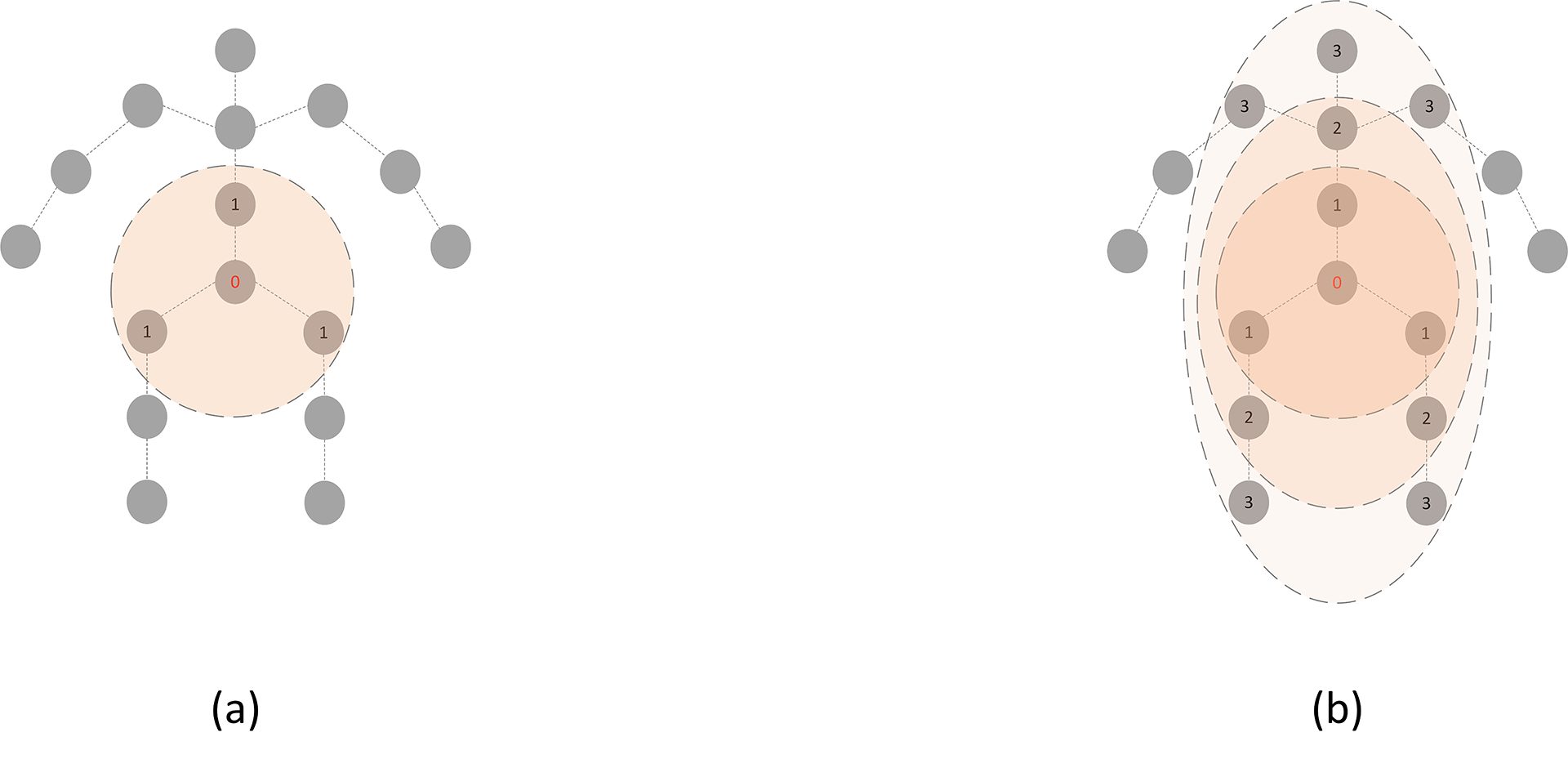High-order Graph Convolutional Networks for 3D Human Pose Estimation
September 7th, 2020
Categories: Applications, Data Mining, Software, Deep Learning, Machine Learning, Data Science, Artificial Intelligence

Authors
Zou, Z., Liu, K., Wang, L., Tang, W.About
Graph convolutional networks (GCNs) have been applied to 3D human pose estimation (HPE) from 2D body joint detections and have demonstrated promising performance. However, since the vanilla graph convolution is performed on the one-hop neighbors of each node, it is unable to capture the long-range dependencies between body joints. They can help reduce the uncertainty caused by occlusion or depth ambiguity. To resolve this issue, we propose a high-order GCN for 3D HPE. Its core building block, termed a high-order graph convolution, aggregates features of nodes at various distances. As a result, the network can model a wide range of interactions among body joints. Furthermore, we investigate different methods to fuse those multi-order features and compare how they affect the performance. Experimental results demonstrate the effectiveness of the proposed approach.
Resources
URL
Citation
Zou, Z., Liu, K., Wang, L., Tang, W., High-order Graph Convolutional Networks for 3D Human Pose Estimation, British Machine Vision Conference (BMVC’20), Manchester, UK, September 7th, 2020. https://www.bmvc2020-conference.com/assets/papers/0550.pdf